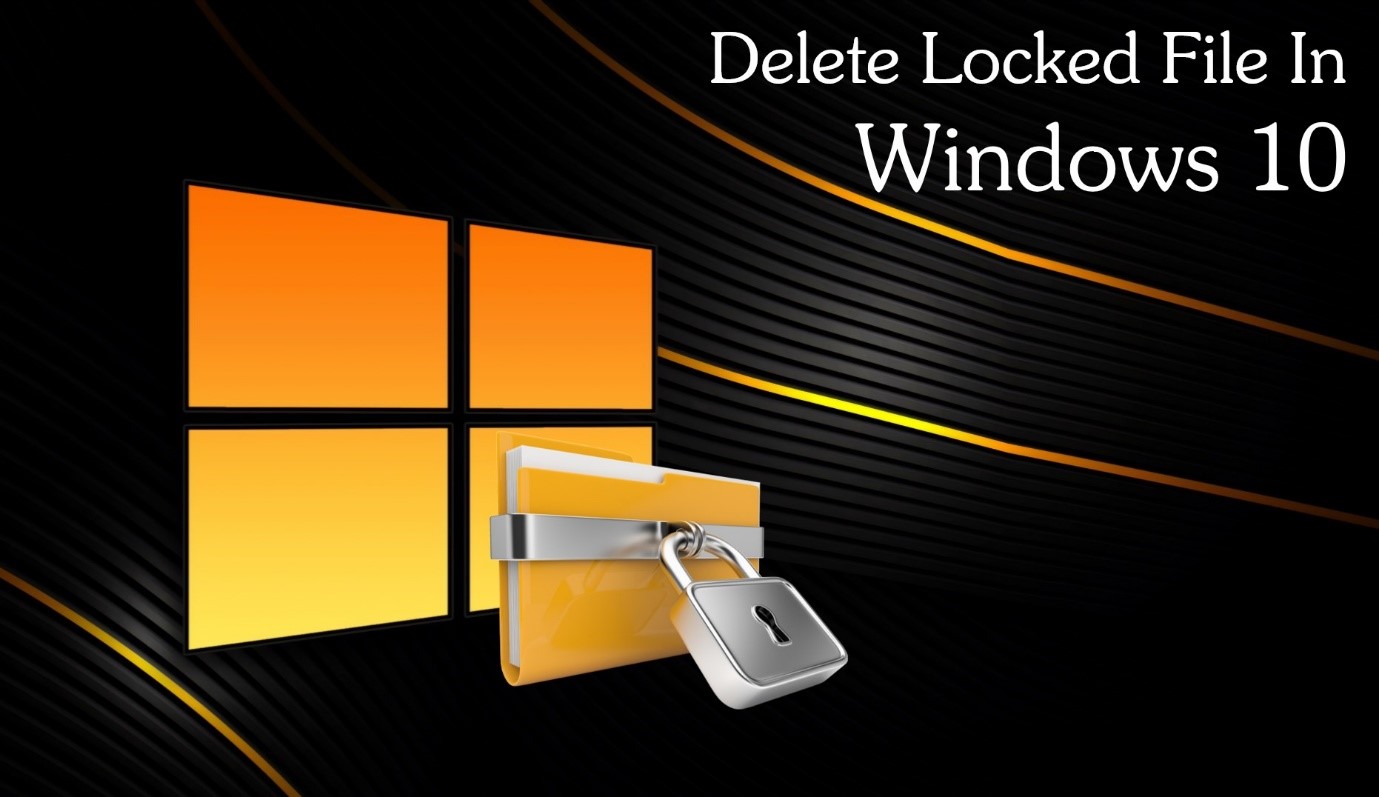
Introduction
In the labyrinth of digital file management, encountering a locked file can be a perplexing roadblock for Windows 10 users. These locked files, often held captive by system processes or third-party applications, can defy conventional deletion attempts. This comprehensive guide aims to demystify the complexities surrounding locked files in Windows 10, providing users with an extensive toolkit to diagnose, troubleshoot, and ultimately delete these obstinate files. Whether you’re a seasoned IT professional navigating intricate file systems or a casual user seeking a solution to reclaim disk space, this guide equips you with the knowledge and techniques needed to unlock and delete locked files effectively.
Understanding Locked Files in Windows 10
1. Nature of Locked Files:
- Locked files are those that are currently in use by the operating system, running processes, or applications. These files cannot be deleted or modified while they are actively being utilized.
2. Causes of File Locking:
- File locking can occur due to various reasons, such as system processes, background applications, or the file being open in another program. Understanding the cause is crucial for choosing the appropriate deletion strategy.
3. Common Error Messages:
- Users attempting to delete a locked file often encounter error messages like “File in Use,” “Access Denied,” or “Cannot Delete File.” These messages provide insights into the source of the locking issue.
Diagnosing and Identifying the Locked File
1. Error Messages and Prompt Analysis:
- When attempting to delete a file, carefully read any error messages or prompts. They may reveal which process or application is currently using the file.
2. Task Manager Inspection:
- Use the Task Manager (
Ctrl + Shift + Esc) to identify processes that might be locking the file. Look for applications or processes that have a potential connection to the locked file.
3. Resource Monitor Examination:
- Dive deeper into system resource usage with the Resource Monitor. Open it from the Task Manager’s “Performance” tab and navigate to the “CPU,” “Memory,” or “Disk” tabs to identify processes associated with the locked file.
4. Command Prompt Insights:
- Utilize Command Prompt to gain additional insights. Open Command Prompt as an administrator and use commands like
tasklistandnetstatto identify processes or network connections related to the file.
Strategies for Unlocking and Deleting Locked Files
1. Close Associated Applications:
- If the locked file is open in an application, close the application to release the file. Ensure that no processes are actively using the file.
2. End Task Using Task Manager:
- Use the Task Manager to end tasks or processes associated with the locked file.
- Open Task Manager (
Ctrl + Shift + Esc). - Navigate to the “Processes” tab, right-click on the relevant process, and select “End Task.”
- Open Task Manager (
3. Unlocker Utility:
- Leverage third-party tools like Unlocker to unlock and delete locked files. Unlocker integrates with the context menu and provides options to unlock and delete files.
- Download and install Unlocker.
- Right-click on the locked file and select “Unlocker.”
- Choose the action to perform (e.g., “Delete”) and click “OK.”
4. Safe Mode Deletion:
- Boot Windows 10 into Safe Mode to minimize background processes and applications, allowing for easier deletion of locked files.
- Restart your computer.
- Press
F8orShift + F8during boot to access Safe Mode. - Attempt to delete the locked file in Safe Mode.
5. Command Prompt Deletion:
- Use Command Prompt with administrative privileges to delete the locked file.
- Open Command Prompt as an administrator.
- Use the
delorrdcommand with the file path to delete the file.
6. File Ownership Change:
- Change the ownership of the locked file to gain control and delete it.
- Right-click on the file and select “Properties.”
- Go to the “Security” tab, click “Advanced,” and change the owner to your user account.
7. Force Deletion with DelinvFile:
- DelinvFile is a utility designed to forcefully delete stubborn files.
- Download and install DelinvFile.
- Right-click on the locked file, select “Delete Invalid File,” and follow the prompts.
Precautions and Best Practices
1. Backup Critical Data:
- Before attempting to delete a locked file, ensure that you have a backup of critical data. This precaution prevents accidental data loss.
2. Verify File Importance:
- Confirm the importance of the file before deletion. Ensure that deleting the file won’t compromise system stability or functionality.
3. Caution with Third-Party Tools:
- Exercise caution when using third-party tools for file deletion. Choose reputable tools and be aware of potential risks associated with such utilities.
4. Regularly Update Windows:
- Keep your operating system up to date by installing the latest Windows updates. Updates often include fixes for file-related issues.
5. Verify File Handles:
- Use tools like Process Explorer to verify file handles and identify which processes are holding locks on files.
6. Check for Malware:
- Perform regular scans for malware using reputable antivirus software. Malware can sometimes lock files to prevent removal.
Conclusion
Dealing with locked files in Windows 10 can be akin to unraveling a digital enigma, but armed with the knowledge and techniques outlined in this comprehensive guide, users can confidently navigate the complexities of file management. Whether you’re troubleshooting error messages, identifying the culprits using Task Manager, or employing specialized tools like Unlocker and DelinvFile, this guide equips you with a diverse toolkit to overcome the challenges posed by locked files. As you embark on the journey to delete locked files in Windows 10, let this guide be your companion, offering solutions and insights to unlock and reclaim control over your file system with confidence and efficiency.